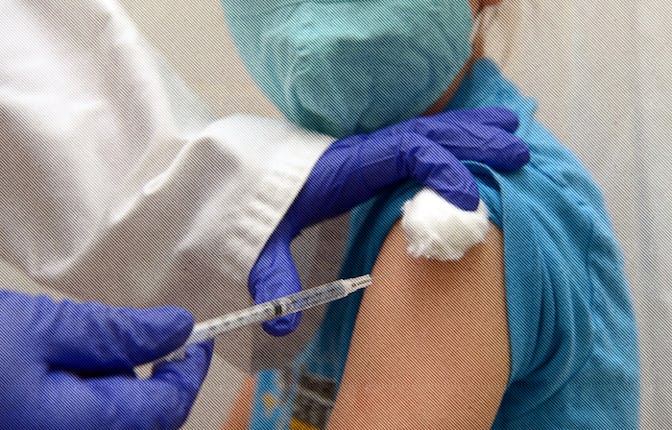An under-6 COVID vax could be just around the corner
Parents everywhere are holding their breath.

After an interminable stretch of false starts and confusing messaging on the part of both the government and drug manufacturers themselves, pharmaceutical giant Moderna on Thursday announced it had filed an “emergency use authorization” request with the Food and Drug Administration for what would, if approved, be the first widely available COVID vaccination protocol for children under six years old.
Why it took nearly three years of an extremely urgent, omnipresent pandemic to get to this point, who can say? What’s important now is that parents of small children can finally begin to look forward to a time when they can join the rest of the vaccinated world without having to agonize quite so much over the potential risk of infecting their young ones. The news of a potential vaccine for small children, no matter how late it may be, is a welcome development for those who have been unable and unwilling to even tentatively rejoin the vaxed masses already cautiously enjoying their (at this point not-so-newfound) viral-protections.
“We are proud to share that we have initiated our EUA submission for authorization for our COVID-19 vaccine for young children," Company CEO Stéphane Bancel said in a press release accompanying news of the request. "We believe mRNA-1273 will be able to safely protect these children against SARS-CoV-2, which is so important in our continued fight against COVID-19 and will be especially welcomed by parents and caregivers.”
As Moderna warns, the vaccine, delivered in two shots, could still necessitate further shots, like many of its above-six equivalents. The company said it is “currently studying booster doses for all pediatric cohorts,” while it waits for the EUA to be completed sometime in the coming week.
As James Versalovic, Texas Children's Hospital’s top Pathologist told CNN in late March, the vaccination schedule for small children may well be notably different than that of older adults, for whom boosters have largely been accepted as being necessary four or five months after the initial vaccination. It’s possible younger children will need a third shot as soon as two months after completing the initial round of vaccinations.
“Children are not simply small adults,” Versalovic explained. “They are growing and developing throughout childhood” (Fact check: true).
“It’s difficult to put an exact timeline [on when the FDA will move forward], but I believe they recognize there is an unmet need here,” Moderna’s Chief Medical Officer Paul Burton told the Washington Post, in one of the dryest instances of understatement in recent memory, considering parents have been screaming themselves hoarse about this “unmet need here” for more than a year. “I think they’ll try and move quickly,” he added.
One major issue in the continued delays for an under-six vaccine has been the wild mutability of the various COVID variants — particular Omicron – which have skewed results during testing trials for small children. However, as Moderna noted in its press release, findings from its trials on the under-six cohort were “similar to vaccine efficacy estimates in adults against Omicron after two doses of mRNA-1273.”
Ultimately, it’s seemed like a foregone conclusion that there will — at least eventually — be a COVID vaccine for all age groups. The question, accordingly, has largely been one of “when” and not “if.” While there have been plenty of frustrating false starts already, this week’s news that a viable, effective vaccination protocol for small children could be just weeks away is not just welcome news — it’s long overdue.